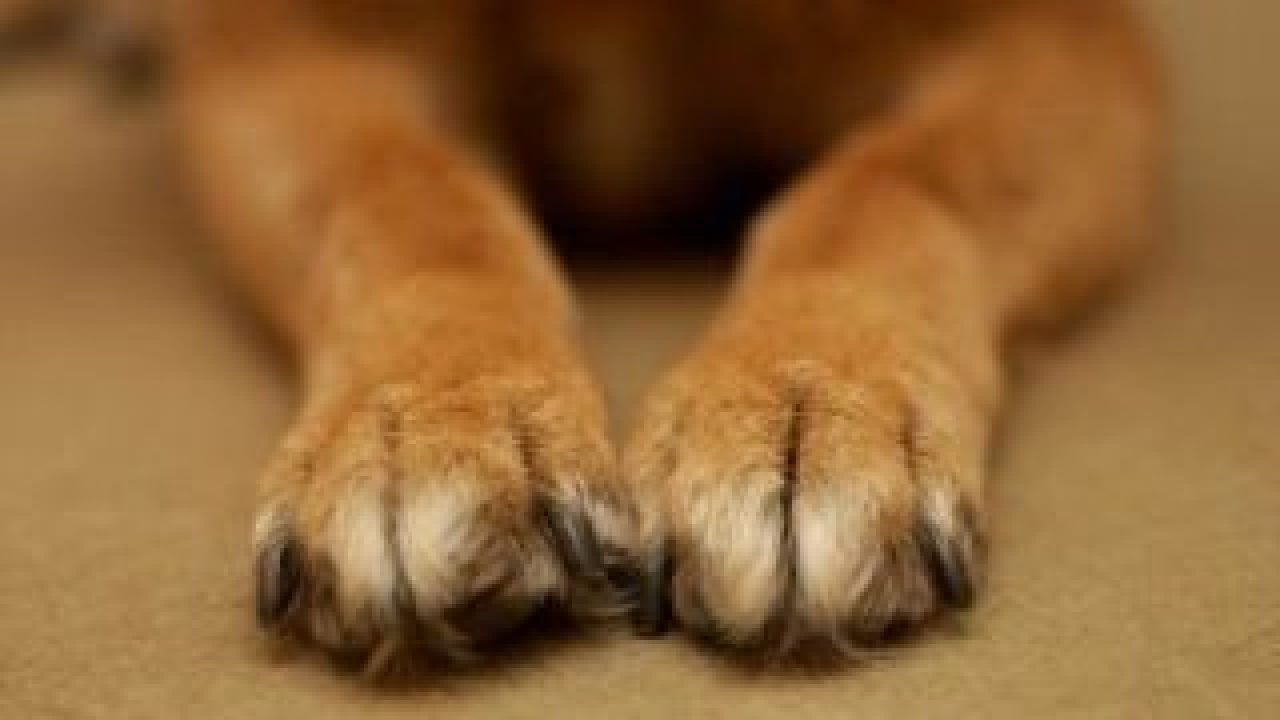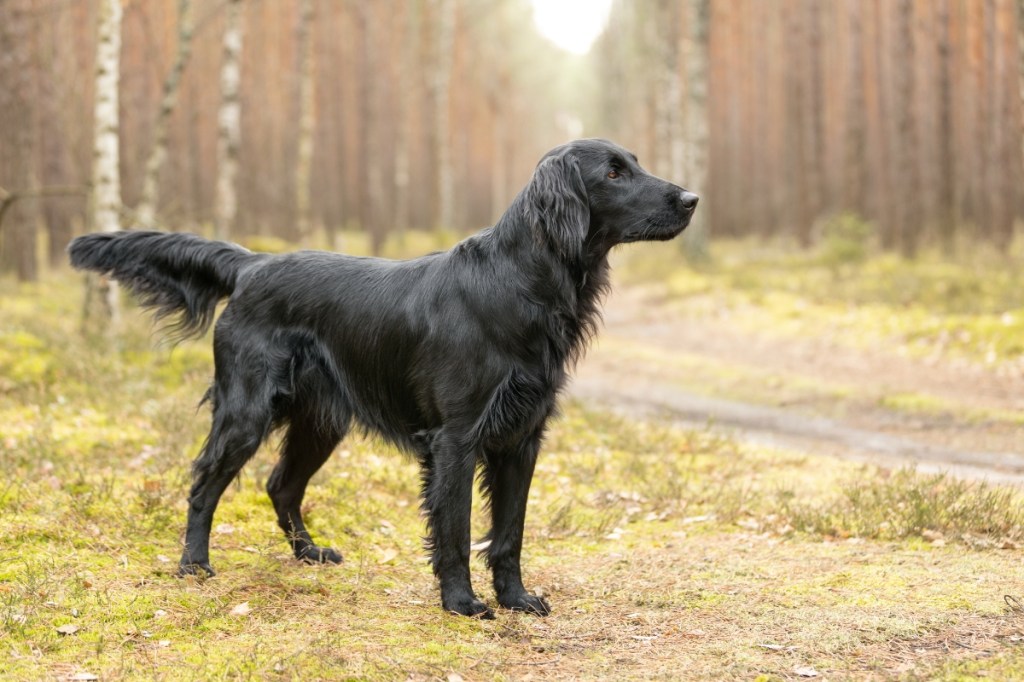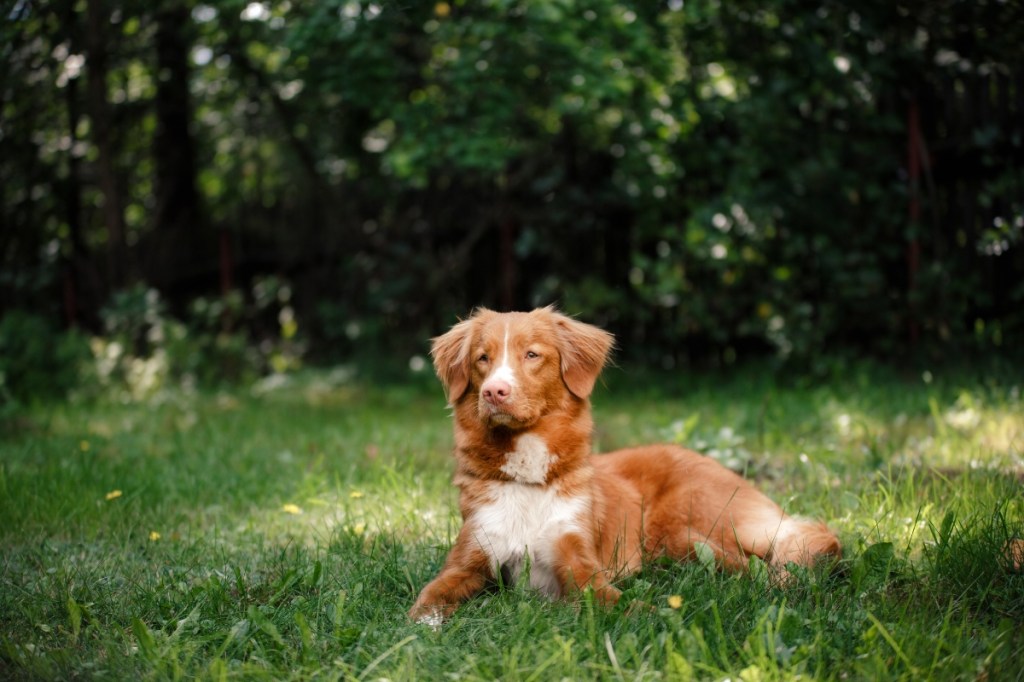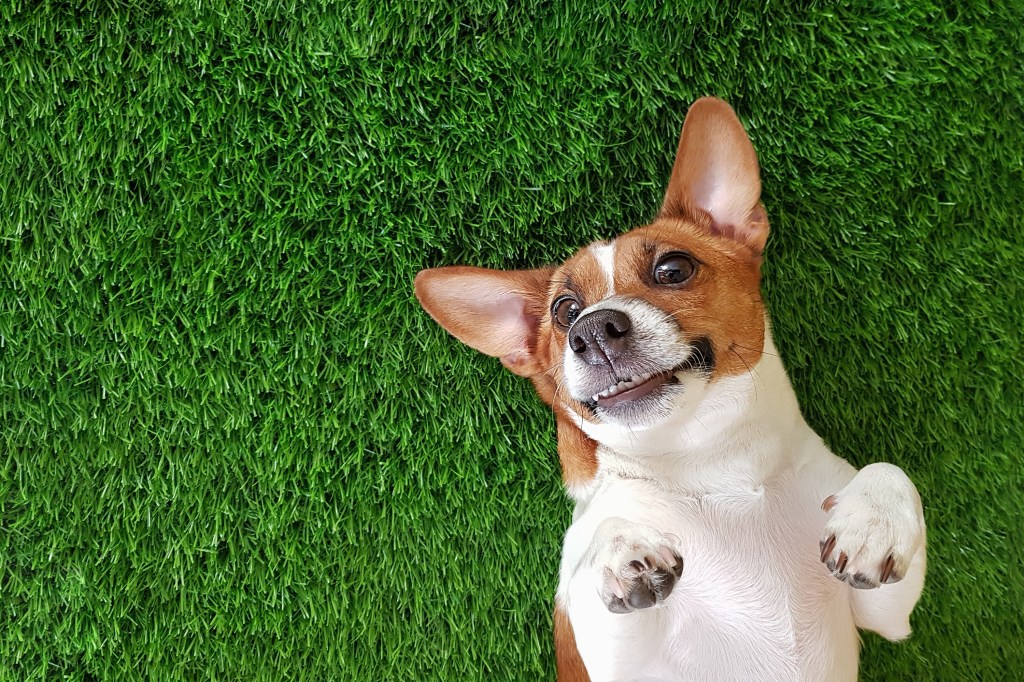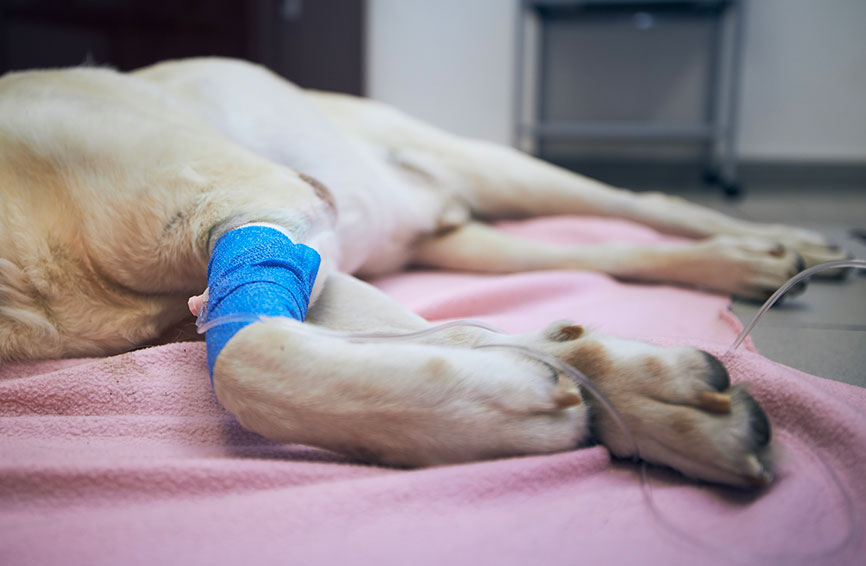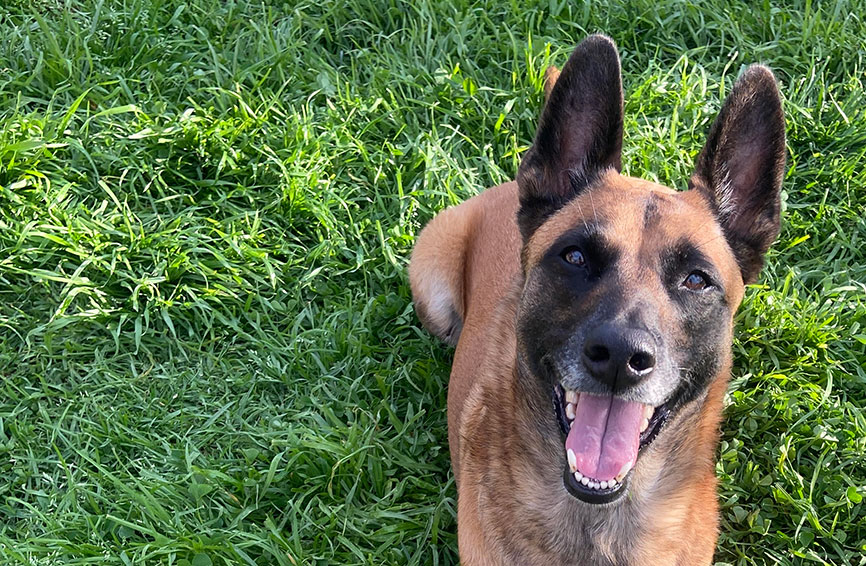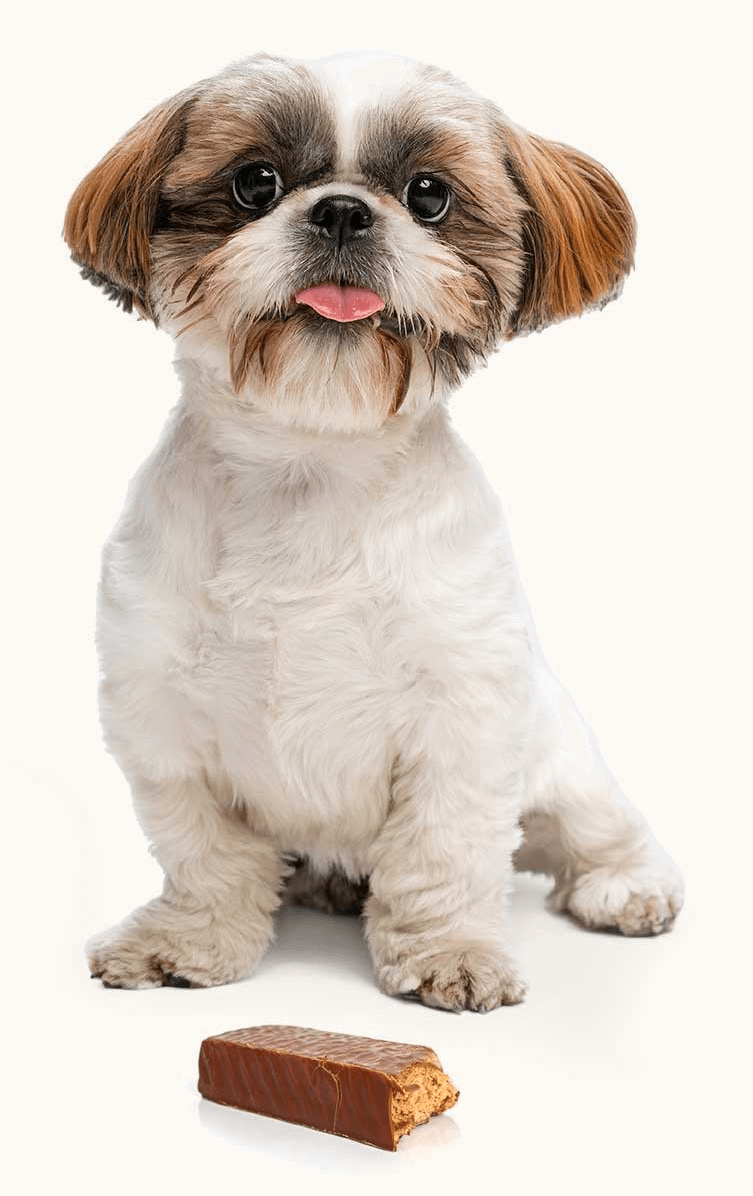Table of Contents
Key Takeaways
- Puppies have delicate paw pads that are easily damaged.
- Concrete, asphalt, and stepping on objects can cause paw damage. Avoid walking your puppy on hot pavement and rough surfaces.
- Your pup may whine or lick excessively when a paw is injured.
- Clean paw injuries with warm water and cover them for at-home treatment.
Puppies are easily hurt; their fur is still soft, their immune system is underdeveloped, and they’re learning the ways of the world. Paws are one of the most distinctive features of puppies. Unfortunately, puppy paws are too big and floppy, causing puppies to skid around. An injury to the delicate paw pads can cause a puppy a lot of pain. Fortunately, this simple condition also has a simple treatment.
Causes of Paw Scrapes

Physical trauma is the number one cause of scraped paws. Concrete and asphalt are rough materials for a puppy’s still-sensitive paw pads. Nips or scratches from playtime can also account for paw scrapes. Your puppy may also have accidentally stepped on a pine cone, rock, or other foreign object, leading to injury.
Paw Scrape Symptoms
Most paw scrapes aren’t too severe. Refusing to put weight on the paw, limping, excessive licking of the paw, and whining are all symptoms of paw scrapes. If you notice any swelling, bleeding, or loose skin on the pad, seek veterinary attention; a foreign object may be stuck in the paw, and this can lead to a bacterial infection. Remember, pet insurance covers common injuries like paw scrapes, saving you money.
Treatment for Paw Scrapes
Unless your puppy has any of the more severe symptoms mentioned above, home care is the best option for a paw scrape. (When in doubt, call and ask your veterinarian!) If you see small bits of small debris, such as gravel, in your puppy’s paws, gently remove the debris with a pair of tweezers.
Gently clean the injury with warm, soapy water and a soft, clean cloth two to three times a day. Keep the paw covered with a protective sock or dog bootie; these can be found at any pet supply store. If the scrape hasn’t healed completely within five to seven days, or you start to see signs of infection (e.g., swelling, pus), contact your vet.
Veterinary treatment for more severe scrapes can involve a thorough wound cleaning, stitches, bandages, or a round of antibiotics to prevent or treat infection. If your puppy’s paw pads are especially painful, your vet may prescribe a pain medication. If you do see your vet, don’t forget to file your dog insurance claim!
How To Prevent Paw Scrapes

Don’t let puppies run on rough surfaces, especially when it’s hot out – hot asphalt can burn delicate paws! If your puppy’s older than six months and you want to walk them, consider investing in protective booties. Regularly inspect your puppy’s paws for any injuries or abnormalities; handling their paws in puppyhood can also make grooming much easier later in life. Instruct your groomer to trim the fur between the paw pads, as burrs and gravel can become stuck and cause painful injuries. Paw care ointments and lotions – available at any pet supply store – can protect and rehydrate dried out pads.
Paws are one of the most delicate spots on any dog and they’re especially sensitive on puppies. Take good care of your puppy’s pads – regularly inspect them and use paw protection as necessary. Dog boots are needed for puppies when walking on rough surfaces like concrete and asphalt, especially in summer. For severe paw scrapes, seek veterinary attention to prevent or treat infection.
The content is not intended to be a substitute for professional veterinarian advice, diagnosis, or treatment. Always seek the advice of your veterinarian or other qualified health provider with any questions you may have regarding a medical diagnosis, condition, or treatment options.
